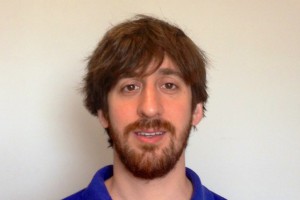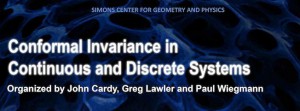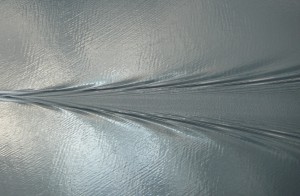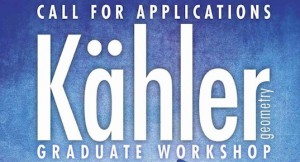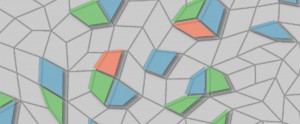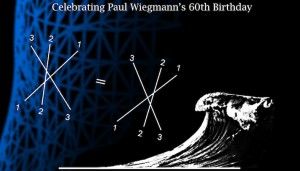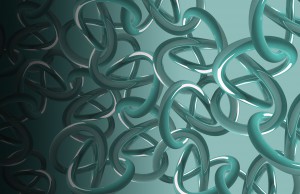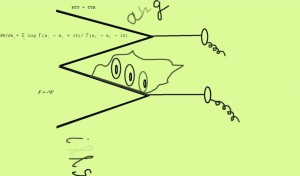Topology Seminar Series: Steven Sivek, Harvard
Title: Naturality In Sutured Monopole Homology Speaker: Steven Sivek, Harvard Date: Thursday, May 16, 2013 Time: 11:30am – 12:30pm Place: Seminar Room 313, Simons Center [box, type=”download”]Watch the video.[/box] Abstract: Kronheimer and Mrowka defined a version of monopole Floer homology which assigns to any balanced sutured manifold a module up to isomorphism. … Read more


